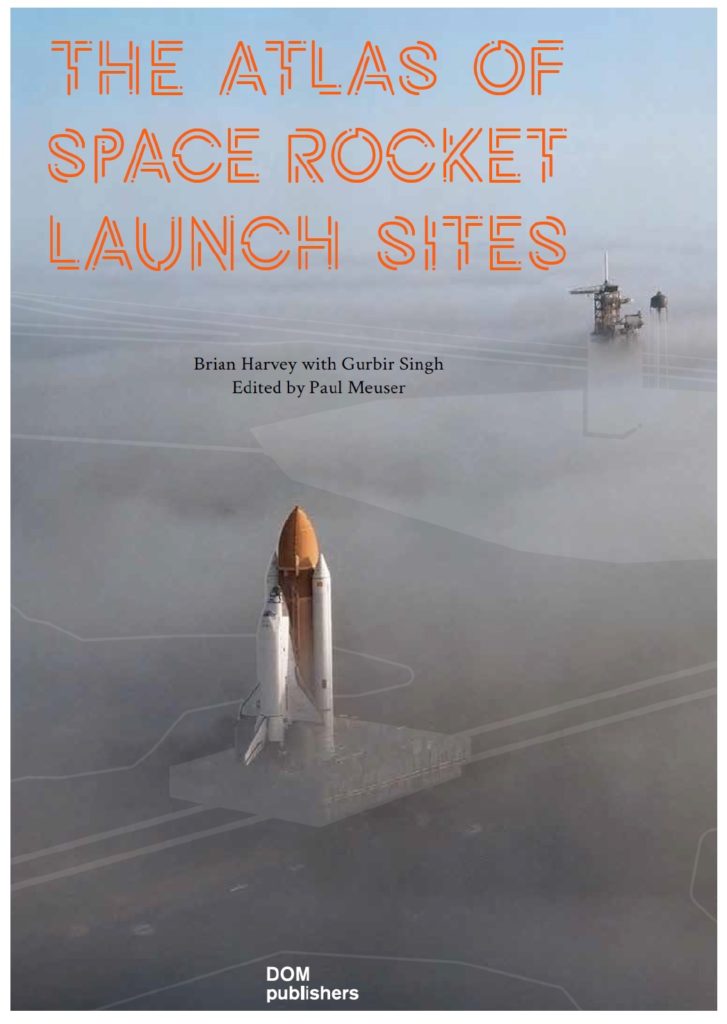
ISBN 978-3-86922-758-0
Size 240 x 300 mm
272 pages
500 images
Index
Glossary
Hardcover
** Description and look-inside below **
Available from: dom-publishers.com, www.amazon.com, www.freytagberndt.com, www.mondadoristore.it, www.lehmanns.de and www.abebooks.co.uk – a variety of suppliers at many lower prices.
Learn more from podcasts: New Space India, The Spaceshow and Aviation-Xtended
Book Reviews: www.wallpaper.com, www.raumfahrer.net, flugundzeit.blog, www.ivorypress.com and collectspace.com
To purchase signed copies directly from the authors contact Brian Harvey or Gurbir Singh
The book describes primary launch sites around the world including some that are historically significant but no longer operating (e.g Peenamunde) as well as the new kids on the block (e.g Kodiak).
The book is edited by Paul Meuser who has written the foreword and sourced most of the 500 or so majestic photos of launch sites and their environments. The majority of the text is authored by Dublin-based author Brian Harvey. A prodigious writer who has been writing on space programs of numerous countries since the 1970s. Katrin Soschinski designed stunning maps, the foundation of any atlas.
Copy of the back text page and a few sample pages from the book in the slide show below. These sample pages can be downloaded here albeit the quality is way inferior to the original.
Back page text
The machines that orbit our planet live in a void environment– however, space travel itself does not exist in a vacuum. Traveling to space is an immense effort of humans and machines, taking not just ‘a small step for a man’ but leaving a huge carbon footprint in the process. We are in the midst of a paradigm shift in which private companies and leadership figures in the form of Billionaires are re-popularizing space travel to an extent not seen since the space race of the USSR and USA. Space exists isolated from the place that births its mechanical and a few select human inhabitants. Thus we tend to forget that every single thing that exits our atmosphere takes with it more than just its own weight of materials when it departs our fragile blue marble. This book offers a unique look at the physical footprints of earth’s launch sites. With most places hidden away in jungles, deserts, or amidst the Central Asian steppes, these places exist for the most part out of the eye of the general public. With satellites facilitating our modern society and a modern space age ever-present in today’s news cycle, it is now more important than ever to think about the imprint these undertakings leave on earth. To begin to answer the new socio-economic questions raised by our rapid expansion into the void, we need to look no further than follow the cracks in the concrete of our planetary launch sites. The rusty train tracks leading to the pad break the pristine and sterile looks of space, and reopen our eyes to the realities of space exploration.


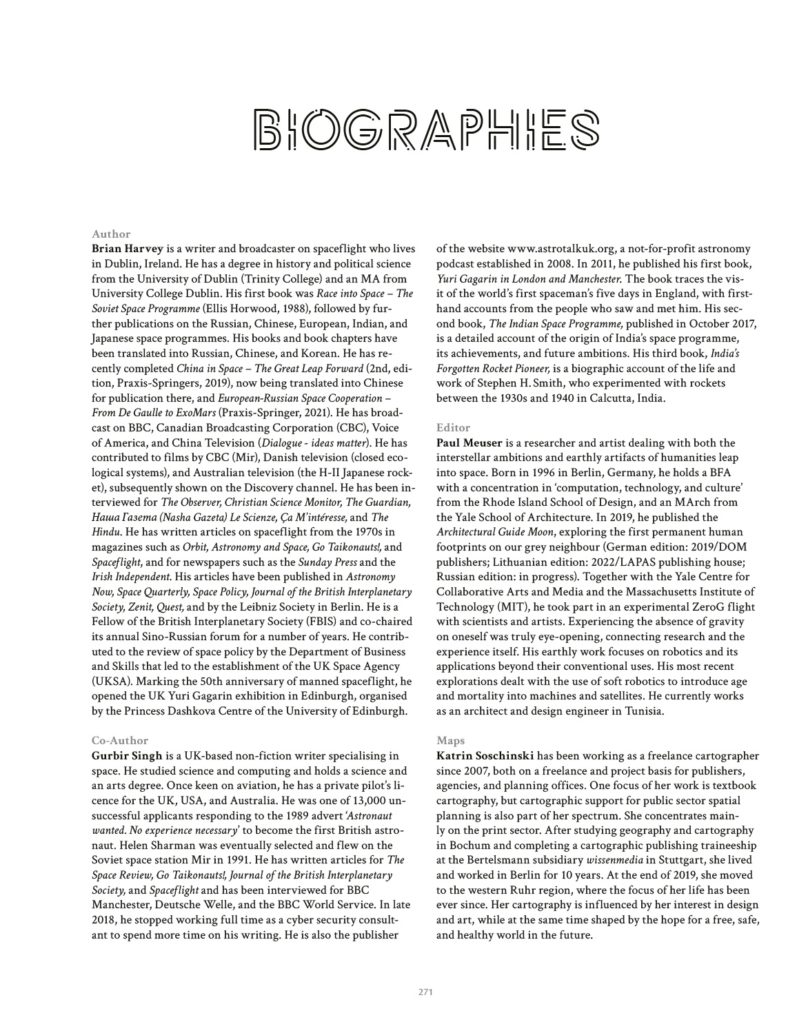
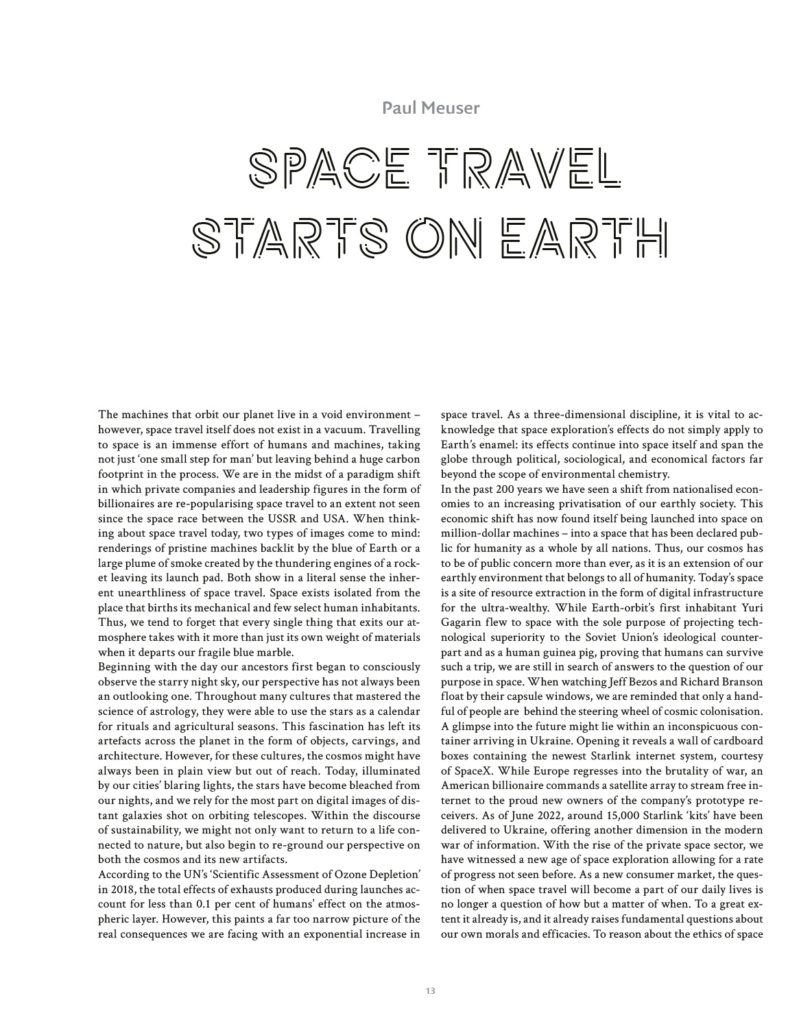
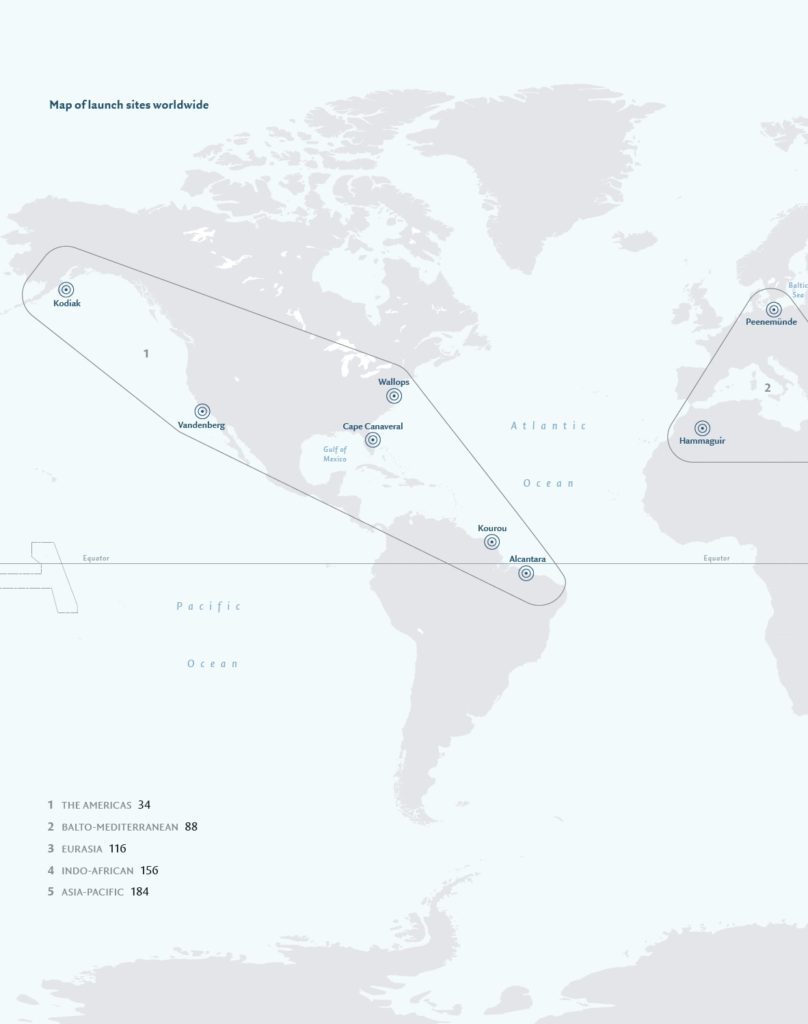
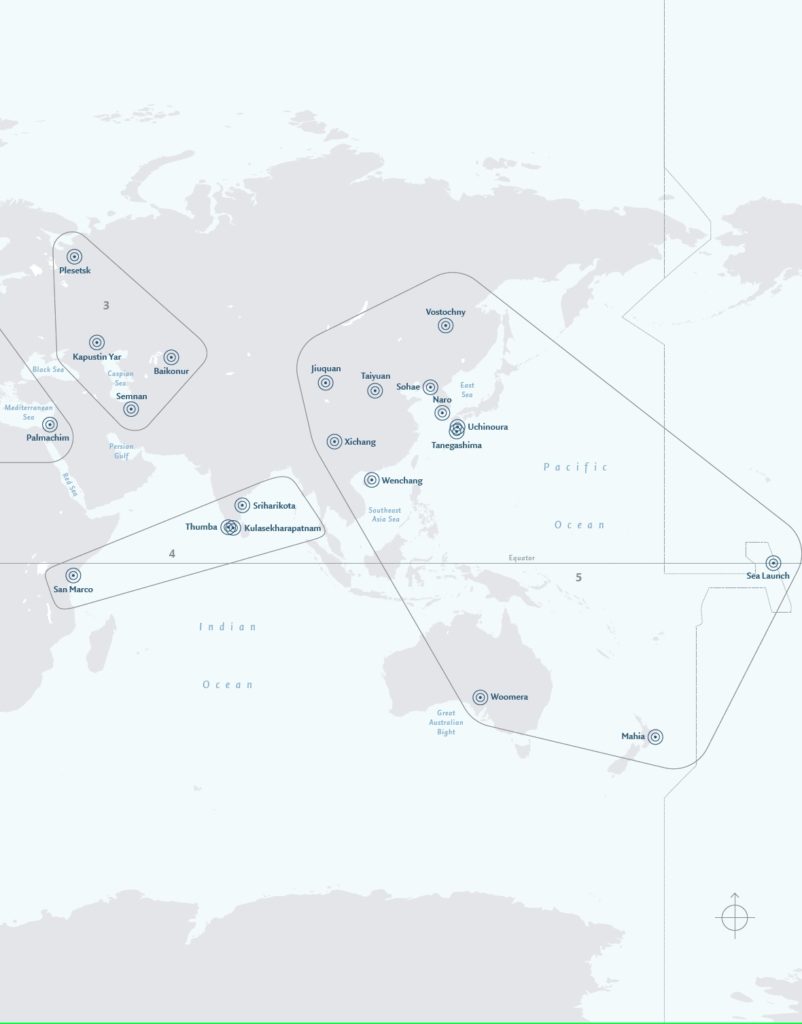
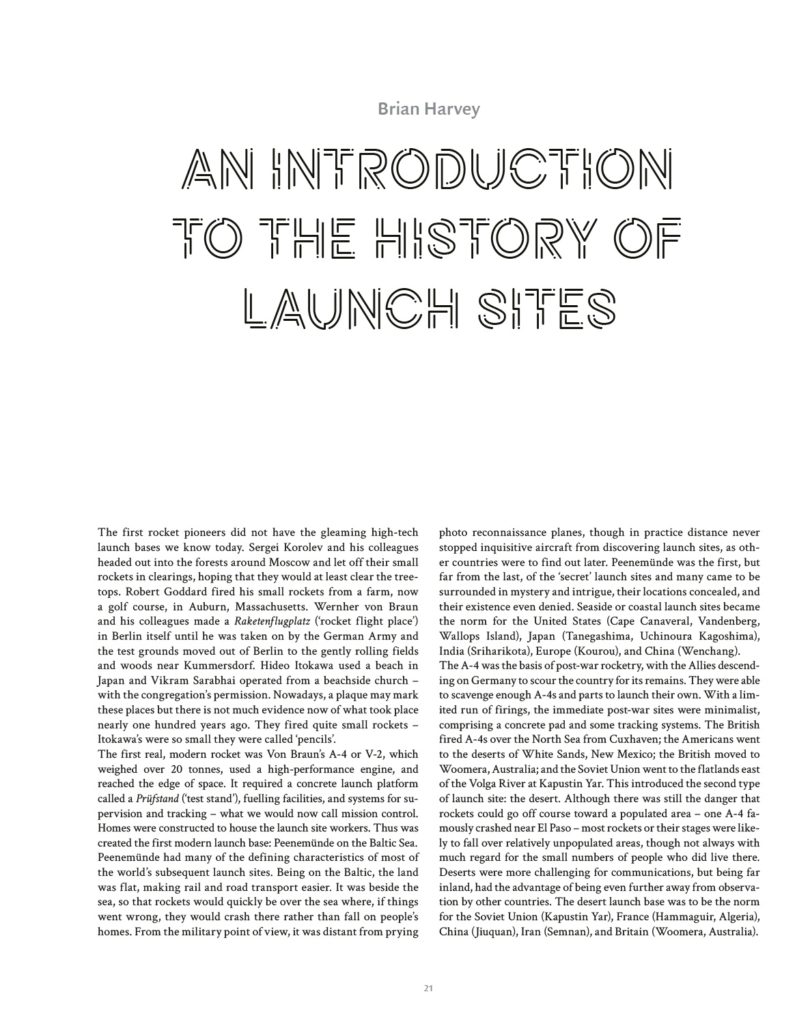

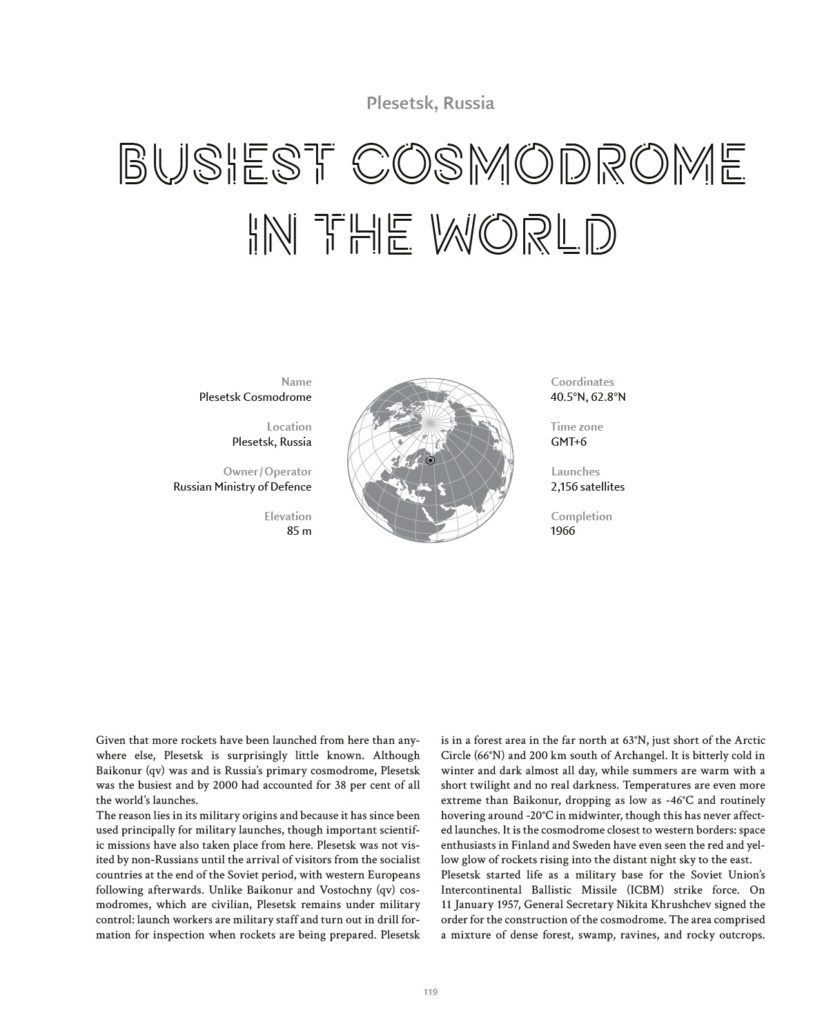
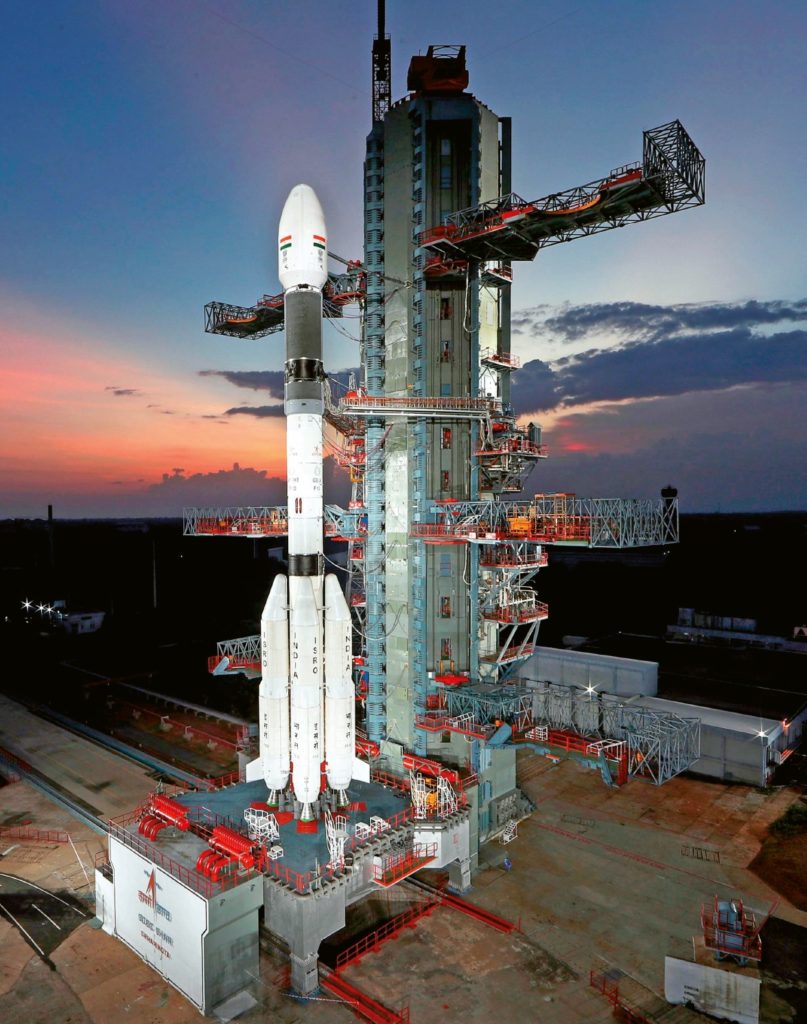
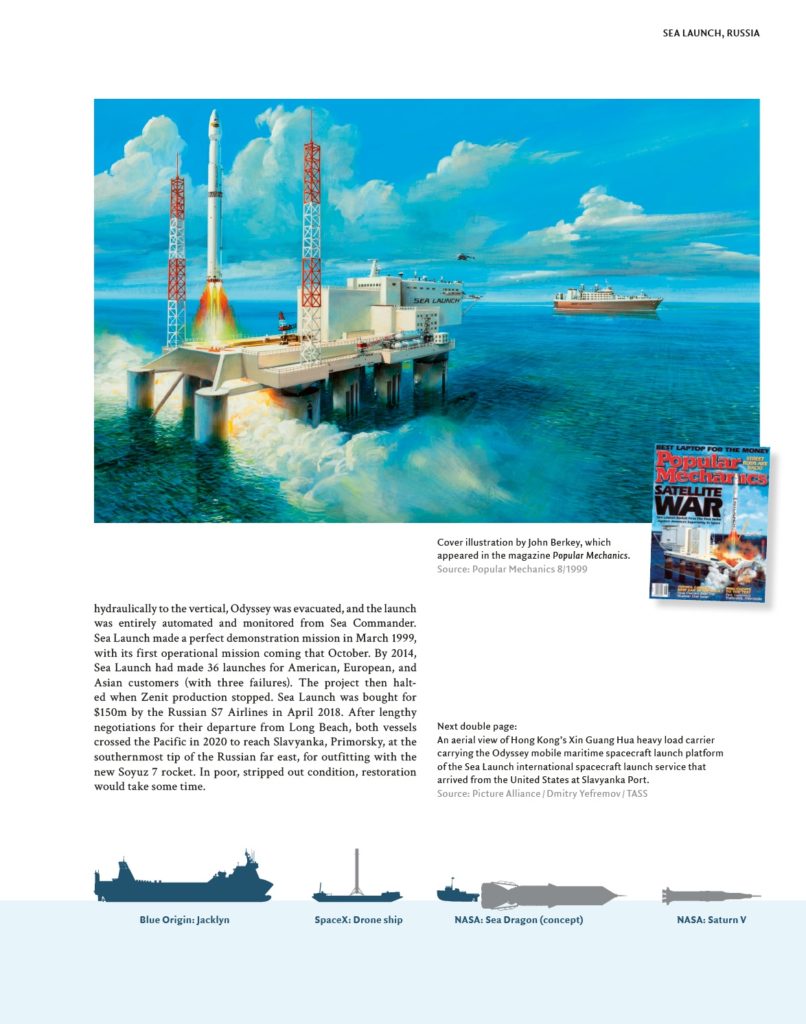
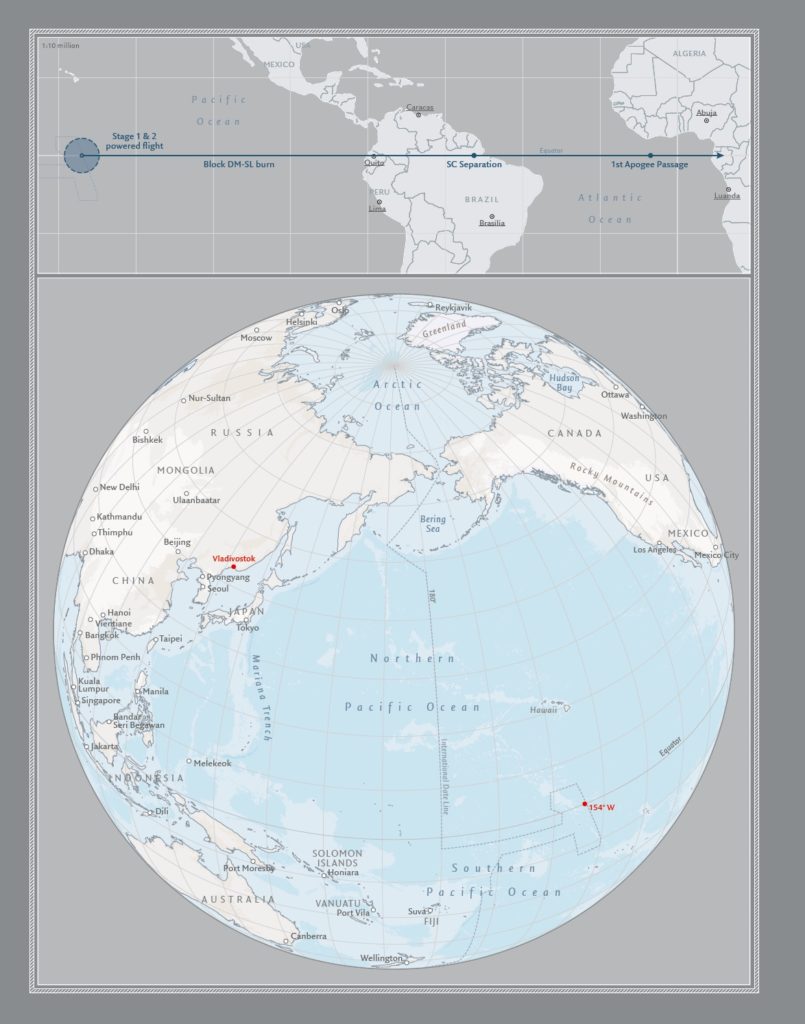
Leave a Reply